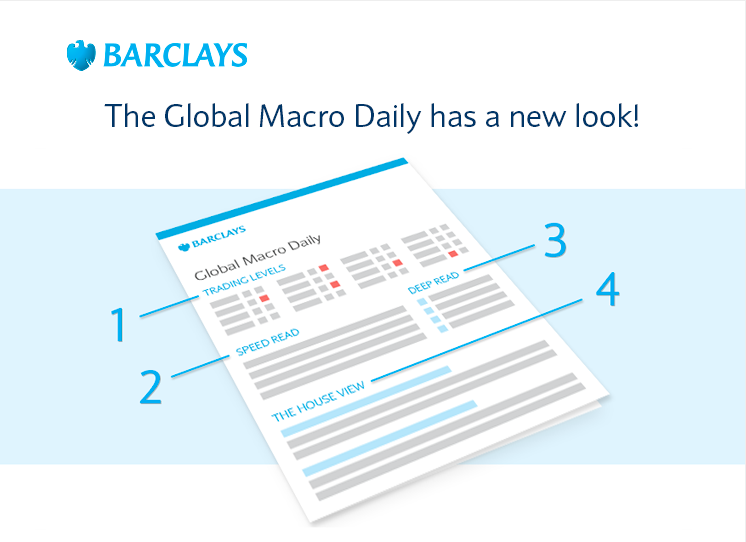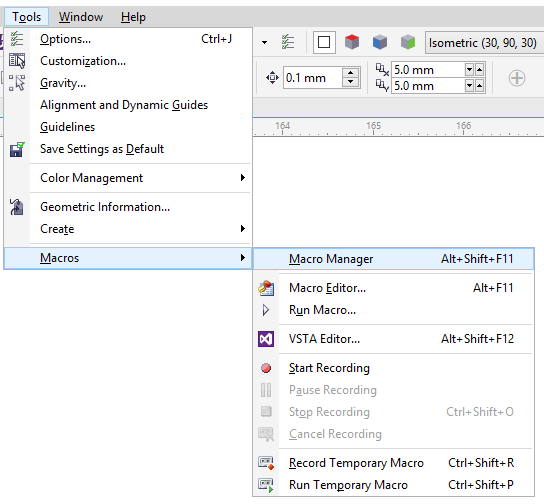

Commodity/Managed Futures: applies priced-based trend-following algorithms to the trading of futures contracts on similar data used by discretionary macro.Of all of the strategies, discretionary macro provides the most flexibility, including the ability to express either long or short views, across any asset class, and in any region.

Discretionary: deploys directional positions at the asset class level to express a positive or negative top-down view on a market.Modern technology including AI has been used to sort through data and in the execution of trades involving certain sectors, such as the energy, commodity, and currency markets, among others.ĭue to the broad mandate of global macro, it has been described by DoubleLine Capital as a "go anywhere, do anything" strategy. During the 2010s, quantitative investment funds dedicated resources to global macro strategies due to the complexity involved with analyzing large amounts of dynamic economic and political data. Three years later in 1997, the Global Economic Policy Uncertainty (GEPU) Index was created to measure three key macro variables: economy, policy, and uncertainty (volatility). : 225 In 1994, investment management firms began factoring in macro data into a portfolios' risk profile. In 1992, hedge fund manager George Soros' profitable sale of the pound sterling prior to the European Exchange Rate Mechanism debacle yielding him a profit of $1 billion in a single day. The 1990s saw the rise of global macro volatility trading which used geopolitical instability in both developed and developing nations to place directional bets on market movements. Hedge fund managers such as Paul Tudor Jones used large-scale demographic analysis to predict the equity market collapse of 1987 after comparing the market conditions of a similar crash in 1929. In the 1970s, interest rate modeling was used to predict moves in foreign currency markets as well as in sovereign debt. Large-scale macro events pushed market prices of both soft ( cocoa, fruit and sugar) and hard (gold, silver, and copper) commodities to move in recognizable patterns. The strategy typically employs forecasts and analysis of interest rate trends, international trade and payments, political changes, government policies, international relations, and other broad systemic factors.Īs a strategy, global macro formalized in the late-1960s around commodity trading. First, Reference Portfolios can be constructed to reflect the risk appetite of stakeholders, provide clear accountability, and benchmark the value added by. Large-scale or " macro" political and economic events can disproportionately impact certain sectors, such as the energy, commodity, and currency markets, over others. Factorshistorically broad and persistent sources of returncan be used with simple equity-bond Reference Portfolios to meet the multiple challenges facing official reserve institutions. Global macro is an investment strategy that leverages macroeconomic and geopolitical data to analyze and predict moves in financial markets.

The 2022 Russian invasion of Ukraine destabilized global energy markets and created investment opportunities as Russia was a key oil and gas supplier to much of Europe.


 0 kommentar(er)
0 kommentar(er)
